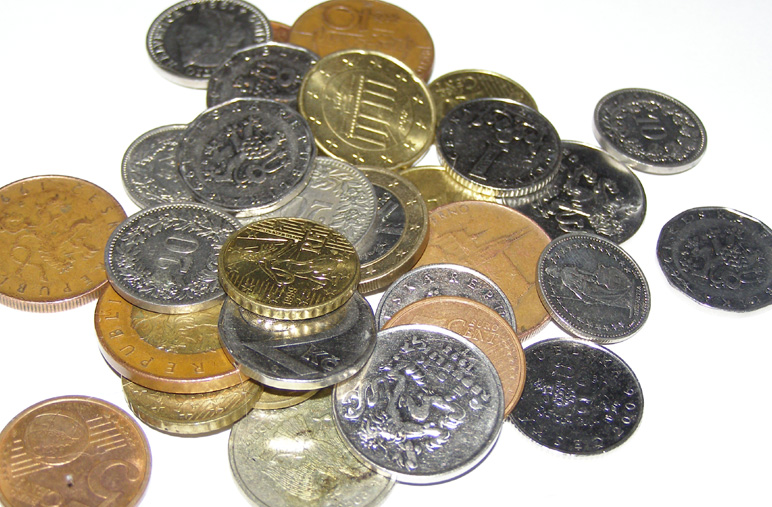Food prices are higher; there are no two ways about it. Anyone who has walked out of the grocery knows that, and suddenly the staples you usually bought don’t go as far. What’s up with that? It’s packaging. Manufacturers found we could be easily fooled with less in the package.
The first forerunner of this is the 12-ounce soda bottle, advertised by its price of ninety-nice cents. People willingly snap it up because they assumed wrongly that it was a 16-ounce bottle. If the store carried cans of the same drink it was only seventy-five cents or less. Suddenly the consumer was paying more for less and often unaware.
The second step was changing package for environmental or personal good. The ice cream container became rounder to prevent freezer burn and eliminated two servings in the process. Amazing how freezer burn was never an issue in the past.
Cereal or any dry substance that came in a pound box shrank down ounces in the same size carton. Often you open the box and find it is only half-full. Bags of cereal give you more of a feel of what you are actually buying. Hot cereal will stretch farther for your grocery dollar.
The number of servings change from less lunchmeat slices to less bread slices in the loaf. Sometimes the shrinking item sports a new feature to confuse you. Tropicana Orange Juice has an easy pour spout, but seven less ounces.
What common items have changed in your store? These items have changed sizes under the watchful eyes of consumer advocates. The Consumerist found these obvious changes:
Bounty: 60 towels to 52 towels
Science Diet dog food: 17.5 lbs to 12 lbs (Big jump)
Purina dog food: 20lbs to 18lbs
Glad trash bags: 96 bags to 80 bags (Good size jump too)
Tropicana OJ: down 7 ounces
Edy's Ice cream: 1.75 quarts to 1.5 quarts
Dial soap for men: 4.5 oz to 4 oz
Skippy: 18oz to 16.2 oz
Brawny paper towels: 110 sheets to 88 sheets
Frito Lay chips, various brands: 12 oz to 10 oz
Faultless Spray Starch: 22oz to 20oz
White Rain shampoo: 19.95 oz to 18 oz
It isn’t just our groceries that are going down in size. Everything from aspirin to potting soil and you are getting less than you used to. Even portions sizes in restaurants are sinking, but that might not be a bad deal for our waistlines.
How do we fight shrinkage?
1. You can go to stores such as Big Lots, Dollar Tree or Deals that often gets the ends of lots. Maybe you can actually find the full size version there.
2. Compare unit prices. It might be beneficial to go up to a bigger size.
3. Consider switching brands. Often the generic is as good as the brand that did the size switcheroo.
4. Buy local or grow your own produce.
5. Go without. This is especially true with snack foods.
The price of steak fries run between $3.75-5.00 for a bag that doesn’t even equal two meals. Instead, I’ve been buying ten pounds of red potatoes, sunflower oil and spices. For a total of $4.50, I have 12 servings instead of my 3.5. Time wise, I spent two minutes cutting potatoes and the oven does the rest. The potatoes came from Aldis. The sunflower oil and spices from Big Lots. This is one of my alternatives. I would love to hear about some of yours.





